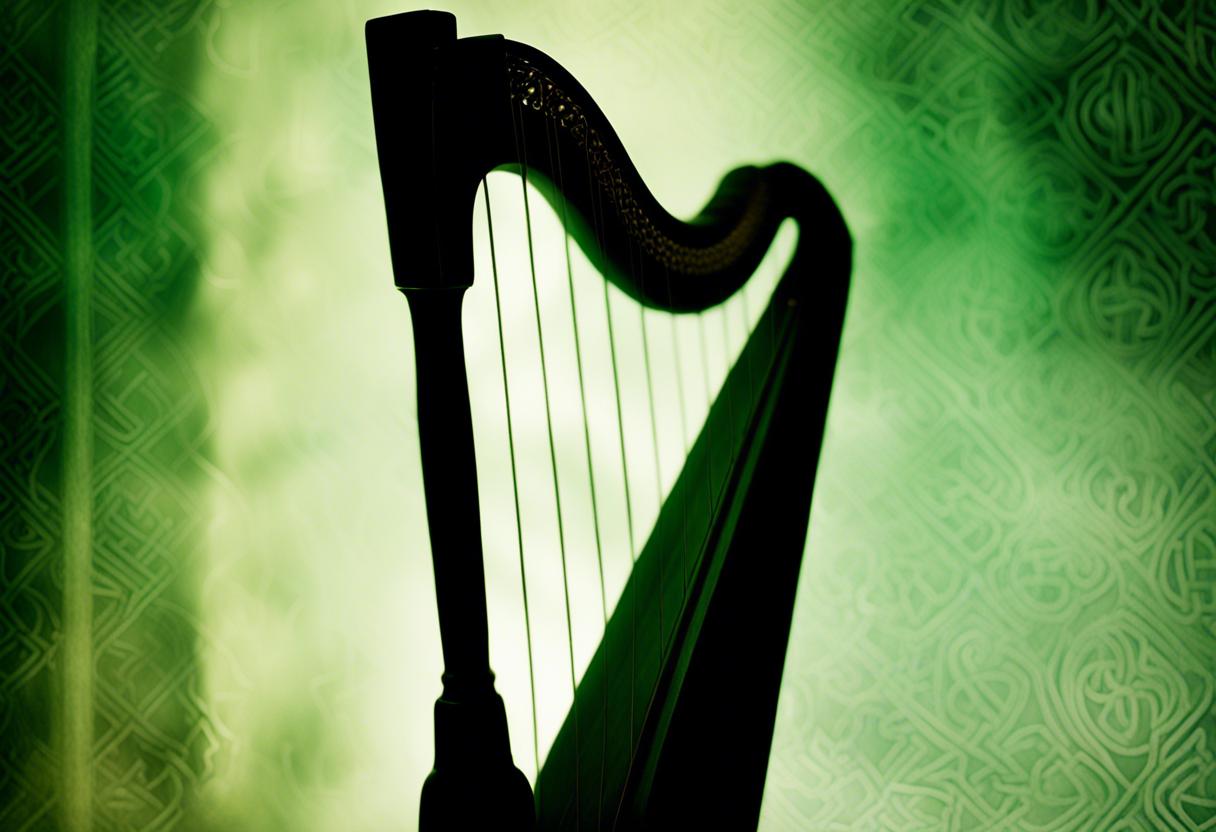As talked about the week prior (Diaries, 16-17 July), the 1965 rendition of the national anthem by Our Lady’s Choral Society is favoured by many, leading it to even surpass La Marseillaise at the celebration of Bastille Day held by the French Embassy. This is largely due to its impactful key choice which lends to its overall dramatic flair.
However, this sparked a different opinion from notable musicologist and Dublin church organist, David O’Shea, who has corresponded with me on occasion. He observes his issues with the anthem’s version citing its “Wagnerian effect”. This is mostly due to the atypical selection of E-flat major which tends to cause a somewhat piercing tone.
He points out that the familiar tone of the National Anthem typically lies in B-flat, a key that accommodates a wide range of voices. He comments on how E-flat’s highness paired with the escalating notes on the string instrument and the fluted trills exaggerate the anthem.
David reminded me of an older orchestration, a version by Brian Boydell. This particular non-choral version commissioned by RTÉ in 1961, was the go-to version until the late 90s, featuring heavily in the station’s night-time shutdowns.
In turn, this called to mind the charming movie that would usually accompany the anthem, screening beautiful captures from nature and the Irish landscape. As a kid and young adult, this pairing was quite effective in stirring patriotic sentiments. Watching the film again on YouTube recently managed to rekindle the same emotions.
The interesting aspect of Boydell’s “masterpiece”, as David would call it, is that he accepted the task with a reluctant attitude. He wasn’t particularly fond of the melody of the anthem and didn’t harbor much of the martial enthusiasm found in the lyrics. The anthem does stand in comparison with La Marseillaise in this regard, even if it doesn’t quite extend to lauding the utilization of enemy blood for agricultural watering systems as the latter does.
Born to an Anglo-Irish family, Boydell was predominantly educated in English state-run educational institutions. He confessed, however, that his time at Rugby college cultivated a strong republicanism in him, due to the prevalent anti-Irish sentiment he experienced there, exemplified by a critical teacher’s remark attributing his misconduct to his nationality.
Regardless of these experiences, Boydell was credited with transforming the Soldier’s Song, considered by many to be musically flawed, into a pleasing composition. This was particularly evident in his impromptu fanfare that ushered in the final line. He composed this at the suggestion of a television executive, to coincide with footage of an Aer Lingus DC-10 taking off in the original accompanying film.
The video clip from 1961 was specifically designed to promote patriotically-driven images of Sean Lemass’s Ireland, featuring trains, aircraft and farming machines. It began with military officials hoisting the national flag at Collins Barracks and presented a rose-tinted representation of bustling Dublin streets, busy schools, hardworking fishermen, an Offaly turf-burning power station, the hydro-electric enterprise in Ardnacrusha, the shipyards in Cork, and a speeding train.
The video was impressive but might have been slightly intense for viewing before sleep. There was another video, however, that stirred my childhood imagination, with evocative images of Ireland’s natural beauty, such as raging seas, babbling brooks, and sunlight filtering through the trees.
Illustrating the only industrial scenes were recurring footage of sunlit spiderwebs. Rather than an aircraft taking off, Boydell’s concluding fanfare complemented a shot panning from a dark hillside (presumably Howth Head) out to the sea, facing the sunlit sky.
The video lacked any explicit patriotic or warlike symbolism, yet each night it left me reflecting: ‘I adore Ireland.’
On a side note, the version sung by Our Lady’s Choral received praise from renowned Riverdance member, Bill Whelan. He contacted us claiming that irrespective of the key it is sung in, our national anthem’s original melody encapsulates a sense of honour, is easy-to-sing, and carries substantial emotional weight.
“He views it more positively than the French, which in his opinion is worth “at least six points in every rugby match”. (In terms of passion, if not melody, in my view the version from Our Lady significantly surpassed the Marseillaise on Bastille Day – matching if not exceeding the margin by which Ireland triumphed in Marseille earlier this year).
Instead of persisting with the lukewarm quest for a national song that could reverberate across the entire island, Bill proposes a challenge to Irish poets and lyricists to create fresh and superior lyrics for the innocuous original melody.
However, from my experience of immersing in Boydell’s magnificent composition every evening, perhaps the music alone suffices.
Our singing skills leave much to be desired. Bill also points out the recent European Cup final, which sparked a debate over the necessity of lyrics at all. Spain is among a few countries where the national song lacks official lyrics. This absence doesn’t seem to impact football outcomes negatively.”

